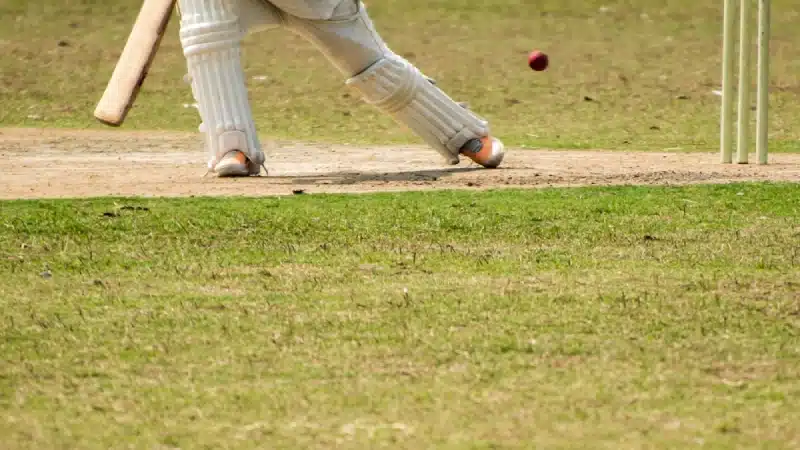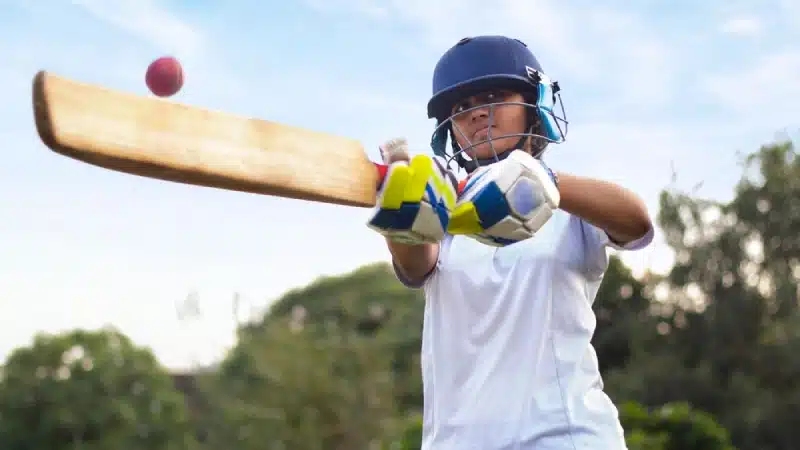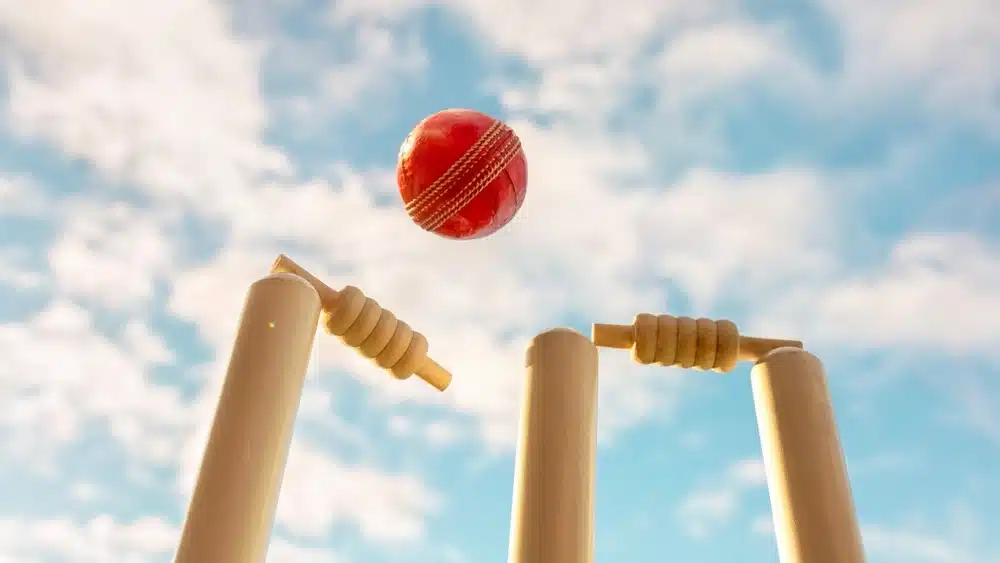
Cricket has been played for over a century now and the sport has evolved over time, especially in terms of equipment used to play the games.
While batters of yesteryear bemoan how modern-day bats are much heavier and thicker in size than those used earlier, cricketing balls have also undergone plenty of changes over the years a and vary as far as their colour is concerned with respect to the format of the game.
Here, we explore what colour are cricket balls and how the different types of balls behave based on their manufacture and several other factors.
In short, there are three types of balls based on colour. These cricket balls are the red ball, the white ball, and the pink ball.
What colour are cricket balls?
Red Ball
The red ball is the oldest cricket ball that is used in the sport. Used for first-class matches and day Tests - cricket’s first and oldest format - the red ball has several different manufacturers depending on which part of the world a game is played. In England and West Indies, the red ball that is used in matches is manufactured by Duke. Made to suit conditions in England, the Dukes are in a darker shade of red and these balls are known to swing a lot and its seam also tends to remain upright even after being used for several overs.
The Kookaburra is another red ball used for Test matches in Australia, Bangladesh, New Zealand, Pakistan, South Africa, Sri Lanka, and Zimbabwe. Manufactured in Australia, the Kookaburra usually swings for the first 30 overs but it becomes easier for batters to play their shots soon after.
In India, the red ball used for both first-class and Test cricket is known as SG, which stands for Sansparelis Greenlands. In use since the early 90s, its wider seam enables spinners to have a better grip on the ball which makes it perfect for the spin-friendly conditions of India. This ball is also known to swing after the 30-over mark.
White Ball
Introduced in 1977 by Kerry Packer - the revolutionary Australian tycoon who was a pioneer of day-night cricket - the white ball was first spoken about in the 1930s but became a reality only in the late 1970s courtesy of the World Cricket Series. With day-night cricket now a reality, white balls were introduced to aid the visibility of the ball for players.
Since it was difficult for batters, in particular, to spot the red balls under the lights in day-night games where players were now also wearing coloured jerseys, the use of white balls for visibility was the ideal solution. Unlike red balls, the white ball’s condition tended to deteriorate a lot quicker than the red ball after swinging in the early stages of a game.
To tackle the white ball’s rapid deterioration, one ball was used from the first to the 34th over in ODI matches initially while another ball that was reconditioned to be neither new nor too old was used for the final 16 overs of the innings. However, since 2012 two white balls are used from either end in ODIs, meaning each ball is used for a total of 25 overs. The Kookaburra ball is the one used in white-ball cricket.
Pink Ball
The pink balls were first seen in the 2000s as the idea of day-night first-class games and Tests started to become a reality. Before we get into the pink balls and why they were needed, it is important to understand why white balls were not utilised. Besides the fact that white balls couldn’t come anywhere near lasting 80 overs of Test cricket, it is also worth noting that these balls would clash with the players donning the white attire used in Tests.
Since red balls were ruled out for use under lights sometime back, the cricketing world came together and decided that the pink ball is the best solution to take day-night Tests forward. Kookaburra was again the leading manufacturer in countries where they were used for Test cricket while India stuck to SG and first used them in 2019.
England, meanwhile, uses the pink Dukes for day-night Tests. With day-night Tests still in a relatively nascent state, the nature of how the ball behaves is still yet to be determined. While it is known for the swing and seam that it generates, India’s pink-ball Test against England in Ahmedabad in 2021 saw the ball spin quite a bit as well.
Photo credit: Unsplash




















